Planting and caring for Eschscholzia: useful tips for gardeners
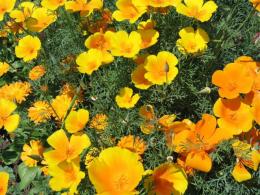
The Eschscholzia flower belongs to the poppy family. Gardeners call it "wormwood" because the leaves resemble wormwood. People who are interested in the history of the plant know that Eschscholzia is called the "California poppy" because it was brought from western North America. It serves as the state flower of California.
Content:
Varieties of Eschsolzia
According to scientific classification, Eschscholzia includes 12 plant species. The most popular are Californian and turf Eschscholzia, which have bright yellow and orange colors.
Varieties:
- Californian. Reminds me of wild poppy. Forms branchy shrubs. The leaves are dissected three times, and the flowers (their diameter is 9 cm) are cup-shaped. Blooms from early summer to autumn.
- Soddy. Annual flower. The bluish-green leaves are represented by an openwork rosette. The diameter of the flowers is 3 cm. Their color is predominantly yellow. Blooms from June until the first autumn frosts.
- Karminkoenig. The flowers have a dark carmine hue. Diameter densely double flowers reaches 6 cm.
- Strawberry Fields. A plant for lovers of semi-double flowers. The Eschscholzia variety Strawberry Fields is distinguished by its fiery color with a yellow center.
- Fruit Crush. The flowers of the Fruit Explosion variety are semi-double and corrugated. They have different colors: red, peach, crimson, yellow.
There is a California poppy reserve located in the north of Los Angeles.
When choosing seeds, focus on the color and type of flowers that will become a harmonious part of your landscape design.
Growing Eschscholzia from seeds
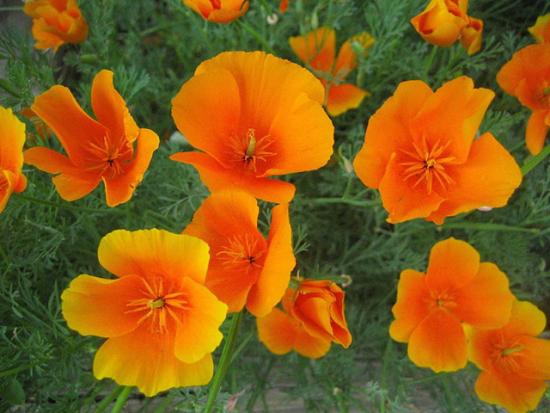
You can grow eschscholzia in open ground, but such a pleasure is risky and expensive. It is better to sow expensive seeds not in the soil, but to grow them from seedlings in peat tablets.
The process of growing seedlings:
- Place the peat tablets in a plastic container and fill it with water. The tablets, having absorbed water, will turn into columns. If, after the peat tablets have swollen, there is water left at the bottom of the tray, it must be drained.
- Place one seed in each hole. Then fill it out soil for seedlings. Moisten the top layer with a small amount of water from a spray bottle.
- Cover the tray with a container lid or plastic bag. The temperature should be from +15 to +18 degrees. Shoots will appear in 10-15 days. Until they appear, the tablets do not require additional watering.
- The lid (bag) must be removed after germination. Place the tray in a bright place. The optimal temperature for seedling growth is +20 degrees.
- Water the tablets as needed: when they begin to settle. Drain off excess water - eschscholzia does not tolerate excess moisture.
- Apply mineral fertilizers in liquid form after 2 weeks. Choose those marked “for seedlings.”
- A few weeks before landings in the ground begin the process of hardening the flower. In the mornings, seedlings can be taken out to the balcony when the temperature is -5 degrees.
Eschsolzia: landing

If you want to sow eschscholzia seeds directly into open ground, then do it in April. If you plant them later, the seedlings will die from moisture.
Let's return to the seedlings. The process of planting it in the soil is extremely simple: the seedlings are placed in small holes, sprinkled with soil, compacted and watered. Make sure that the roots are not damaged when planting.
The simplicity of the planting process is complicated by the choice of location and soil requirements. Eschscholzia grows comfortably in sunny areas. The plant opens its petals at certain hours of the day - from approximately 10 a.m. to 4 p.m. If the weather is cloudy, the Eschscholzia flowers curl up into a tube.
She does not tolerate drought, nor excessive soil moisture. It looks impressive on alpine hills, Moorish lawns, flower beds, and ridges. The main condition is the absence of moisture accumulation. If you want to grow Eschscholzia in containers, make sure it has good drainage.
Soil requirements:
- the flower does not like heavy clay soils
- the plant prefers light soil mixed with sand
- the soil should be neutral or slightly acidic
- if the soil is highly acidic, you can lower it by adding dolomite flour or ash
Eschscholzia bushes are spreading, so plant seedlings at a distance of 30 cm. When planting flowers, you need to take into account a number of nuances regarding the correct location.
Eschscholzia care
Caring for a plant includes following a number of recommendations.
Basics of care:
- Watering. Moisture is necessary when planting in open ground and during flowering. Water the plant in the evening when the buds are closed. Watering is necessary rarely. Excess moisture leads to slower growth of the flower and its death due to rotting of the roots.
- Weeding.Eschscholzia cannot tolerate the presence of weeds, so it is necessary to get rid of them. Weeding the area is not easy due to the creeping shape of the plant. This is done only by hand - the hoe damages the delicate plant.
- Fertilizer application. Depleted soil needs additional fertilizing. Fertilizers are applied before the budding period begins. The nutrient solution is prepared as follows: add a teaspoon of vermicompost, nitrophoska and flower fertilizer to a bucket of water. 5 liters of this fertilizer are consumed per square meter.
- Bloom. To make it last longer, fading inflorescences must be removed in a timely manner. To collect seed, leave a few plants intact. The seeds are collected from a slightly browned seed pod.
Planting and caring for Eschscholzia is not difficult even for a beginner.
Having become acquainted with the eschscholzia flower, we can conclude that planting and growing it is relatively easy. If all requirements are met, it will organically fit into the landscape design you created.
Video tips for caring for Eschscholzia:
Interesting information about the vegetable garden

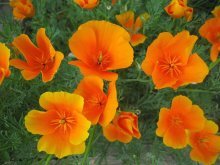
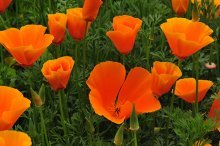
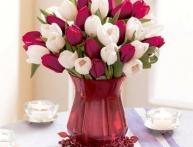
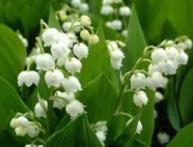
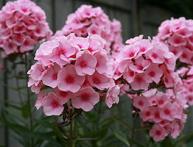

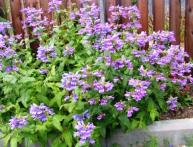
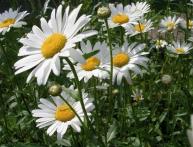
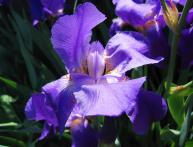
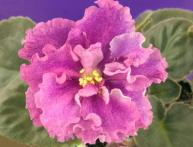
Comments
I really like this flower, I planted granular esholtia. Directly into open ground, excellent germination and flowers delight the eye all summer. I even collected some seeds.